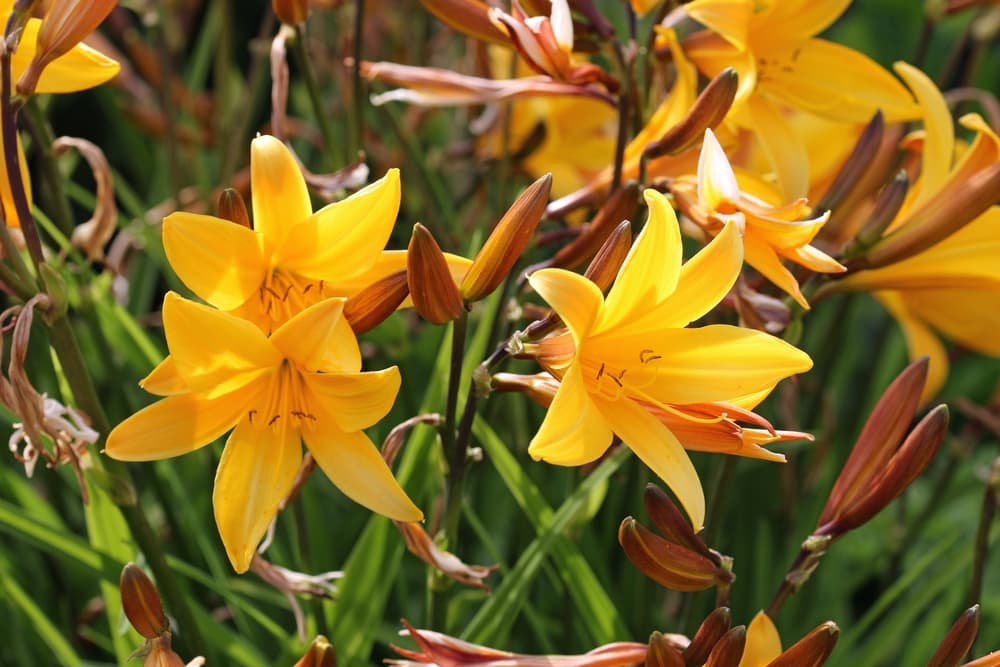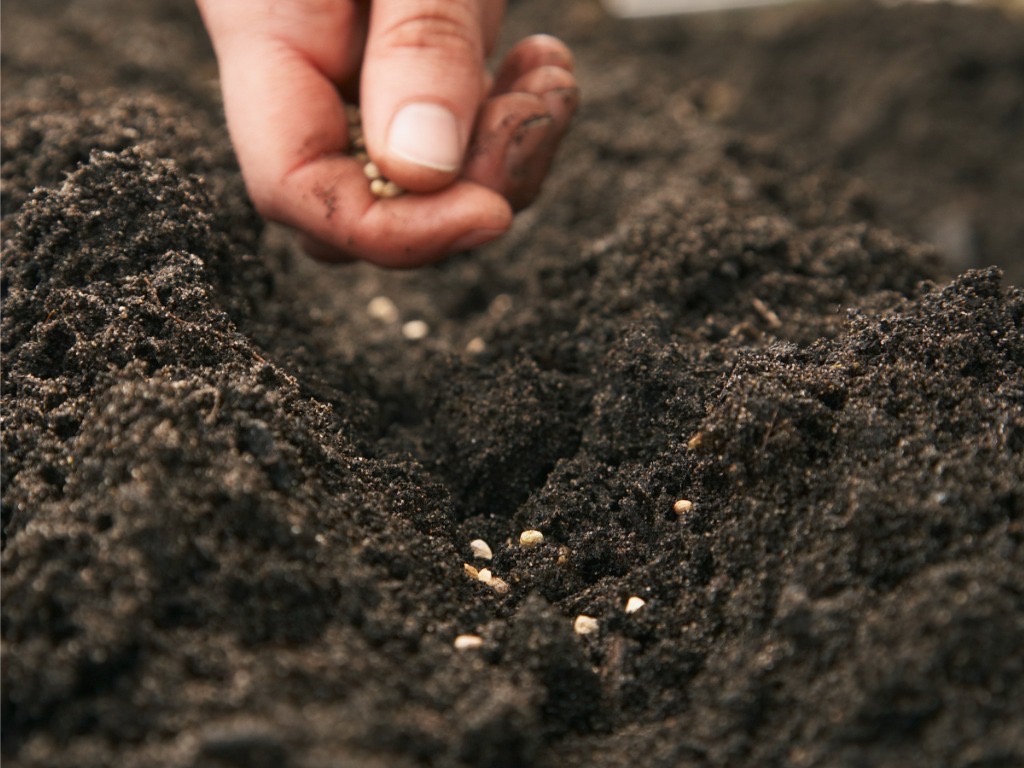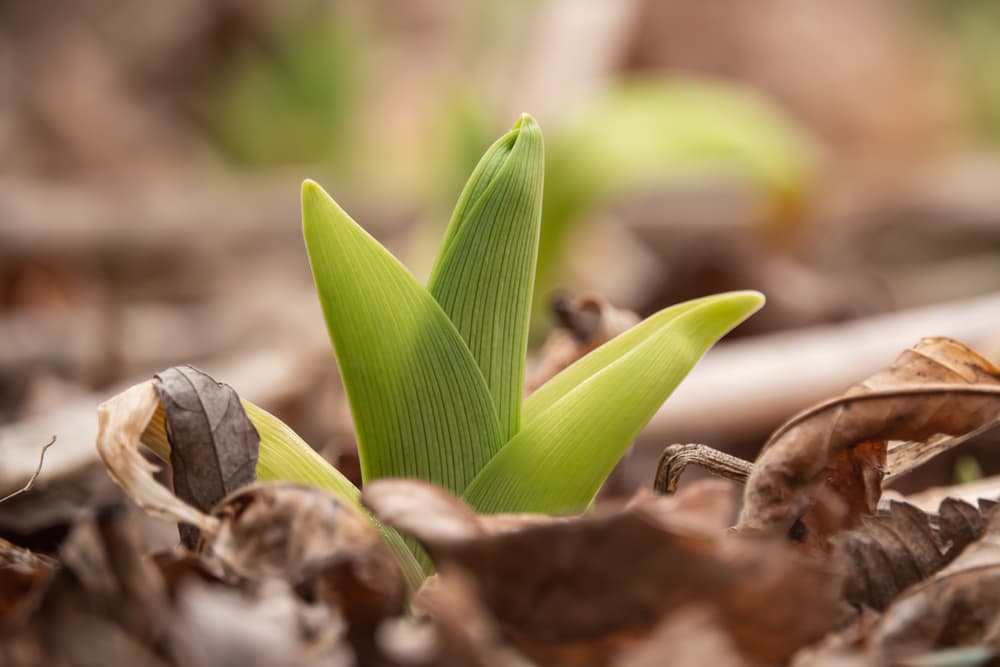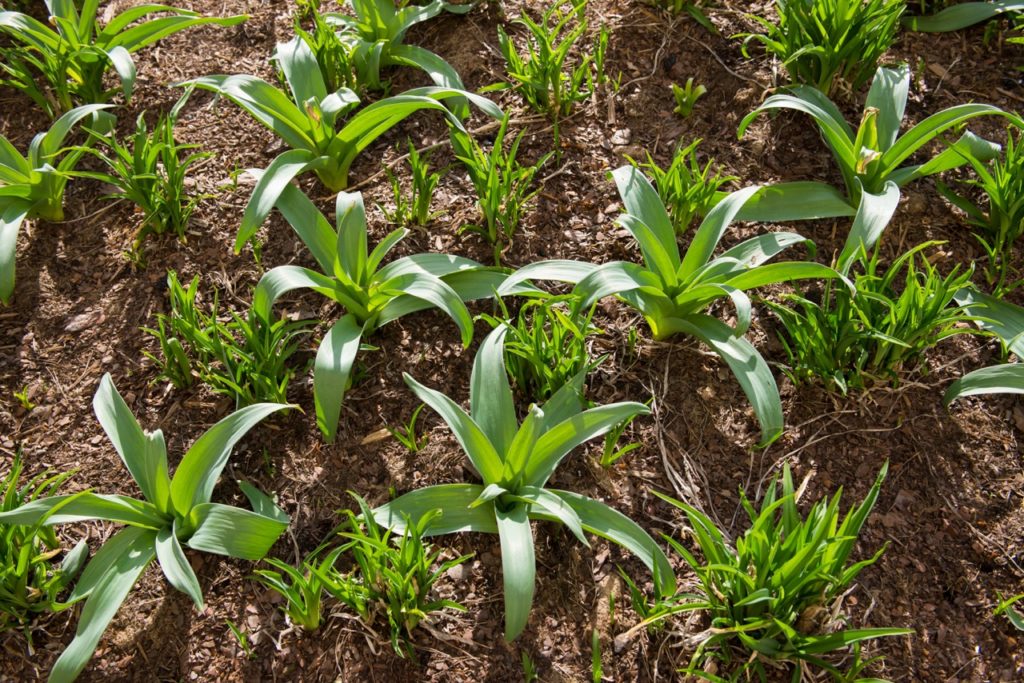Collect Daylily Seeds And Sow Them In Mid-Spring – They Should Flower In 2-3 Years

PERENNIALS > HEMEROCALLIS > SOWING

Elizabeth is a Permaculture Garden Designer, Sustainability Consultant and Professional Writer, working as an advocate for positive change. She graduated from the University of St. Andrews with an MA in English and Philosophy and obtained a Diploma in Applied Permaculture Design from the Permaculture Association.
Reviewed By PETER LICKORISH

Peter is a Horticulture Lecturer and self-employed Horticulturist, with a passion for diverse areas of the industry - from garden design to the science behind plant growth and propagation. He has completed the Royal Horticultural Society’s Master of Horticulture (MHort) Award and lectures on RHS courses at Bedford College.
IN THIS GUIDE
HEMEROCALLIS GUIDES
A daylily will bloom only for a single day, but the plants will flower abundantly in rapid succession over a number of weeks.
These plants are a great choice because they are attractive hardy perennials which can grace UK gardens for many years.
If you would like to grow daylilies in your garden, you will usually purchase plants in containers, or bare-root plants.
Most of the plants grown in UK gardens are hybrids, and the plants grown from their seeds will not come true, with each growing into a unique new plant which may not resemble its parents.
Those who do want to propagate new plants which look and perform the same will typically divide their plants.

However, if you are interested in experimenting and creating new hybrid daylilies for your garden, then learning how to grow daylilies from seed could be an intriguing proposition.
| Difficulty | Medium |
| Equipment Required | Seeds, seed tray or pots, growing medium, greenhouse or undercover area |
If you are interested in breeding new daylilies in your garden, here is a very brief overview of the process:
- Collect the daylily seeds.
- Sow seeds 1.5-2cm deep into pots or into the ground.
- If sowing indoors or undercover, harden off and transplant seedlings into the garden in spring.
- After 2-3 years, your new daylilies should produce flowers and you can see what new hybrids you have created.
See more detail on each step below:
1) Collect Seeds
If you want to experiment with creating new hybrid daylilies, then the first step is to cross-pollinate two parent plants with desirable characteristics, as Master Horticulturist Peter Lickorish explains:
“If you have a plethora of lovely day lily varieties and would like to control which ones you combine, you will need to do the cross-pollination yourself.
“You can use a cotton bud or even a pen, rubbed on clothing to generate static, as a way of collecting pollen and transferring it from the anthers of one flower to the stigma of a different plant.
“This is a long pin-shaped piece, in the centre of the flower. The flower can then be covered, such as with a sock tied tight with string or a similar method, to prevent further pollination, though remember their flowers are short-lived anyway.

“The genes will then mix in different proportions and some seedlings will grow on to be near copies of one parent, others varying mixes of the two.”
Once you have done this, you can then wait for the flowers to fade.
At this point, there is around a 50% chance that a seed pod will develop.
If a seedpod develops and ripens successfully, you can then collect the black seeds and prepare to sow them.
“Be aware that some of the bigger flowering Hemerocallis are tetraploids, meaning they have twice the normal number of chromosomes,” Peter adds.
“This complexity in breeding means that you may be able to get seed from them, but you may not be able to collect viable seed from their offspring.”
2) Sow The Seeds
Daylily seeds may be slow to germinate depending on temperature, but success rates can be good.
Often, they will germinate successfully when directly sown into a suitable spot in a garden.
However, in the UK, the best chance of success is to store seeds in your fridge for around six weeks and then sow them into pots or seed trays with peat-free potting mix, in a greenhouse or other undercover area in mid-spring.

Sow them to a depth of 1.5-2cm and keep the medium moist.
They should germinate within a couple of weeks if kept above 16°C.
Once the seedlings are large enough to handle, these should be pricked out into individual pots.
3) Harden Off & Plant Out
Grow on the daylilies by overwintering them for their first winter in the greenhouse.

Then, harden them off and plant them out in spring, after the last frost date in your area.
4) Wait For New Daylilies To Flower
While the process itself is fairly easy and simple, patience is required.

You will have to wait for 2-3 years for the new plants to flower and reveal their secrets.
So, it will be a long time before you learn the results of your hybridisation.
